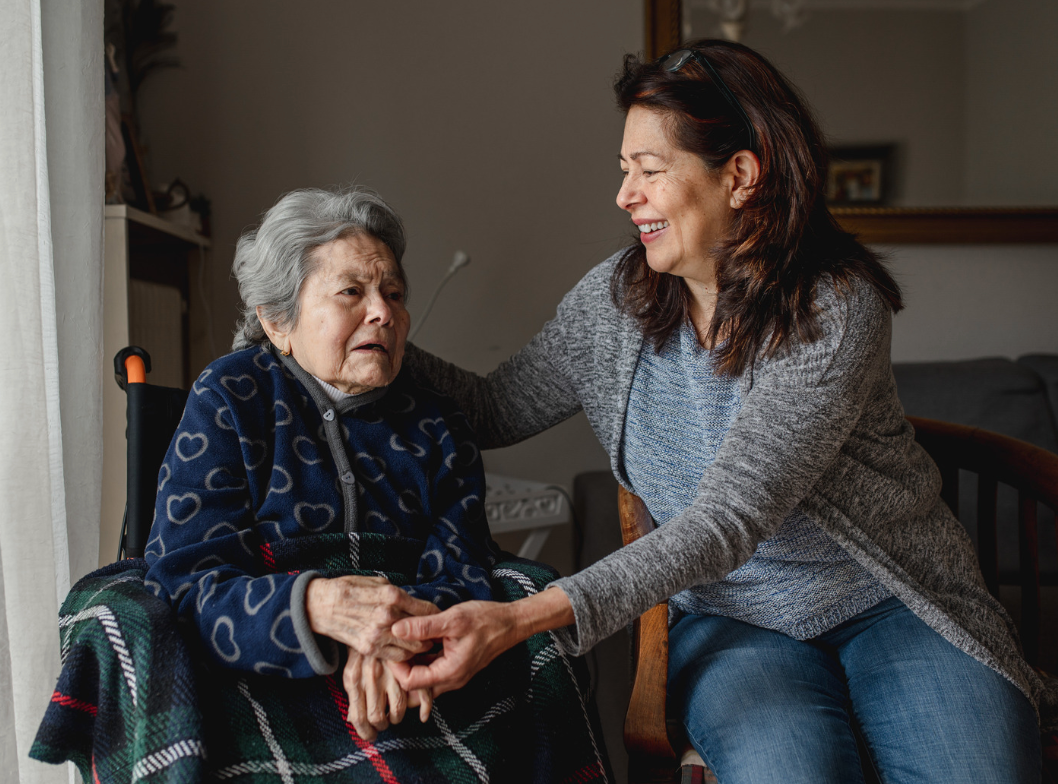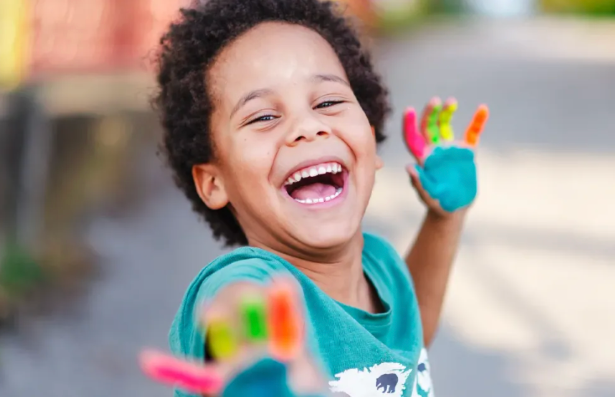UV Safety for Children: Protecting Young Skin and Eyes
UV Safety for Children: Protecting Young Skin and Eyes
Children love to play outdoors, enjoying the sunshine and fresh air. However, their delicate skin and eyes are particularly vulnerable to the harmful effects of ultraviolet (UV) radiation. Understanding and practicing UV safety is crucial to prevent immediate and long-term health issues, including sunburn, skin damage, and an increased risk of skin cancer later in life. This blog will provide detailed information on how to keep children safe from UV radiation, ensuring they can enjoy the outdoors while staying protected.
Understanding UV Radiation
UV radiation is a type of electromagnetic radiation emitted by the sun. It is divided into three types based on wavelength:
- UVA: Long-wave UV radiation that penetrates deep into the skin, causing premature aging and contributing to skin cancer.
- UVB: Medium-wave UV radiation responsible for sunburn and most skin cancers.
- UVC: Short-wave UV radiation that is absorbed by the Earth's atmosphere and does not reach the surface.
While all types of UV radiation can be harmful, UVA and UVB are the most concerning for skin and eye health.
Why Children Are More Vulnerable
- Sensitive Skin: Children's skin is thinner and more sensitive than adults', making it more susceptible to UV damage.
- Long-Term Exposure: Damage from UV radiation accumulates over time. Protecting children now helps reduce their risk of skin cancer and other issues in the future.
- Outdoor Activities: Children spend a significant amount of time playing outdoors, often during peak UV radiation hours.
UV Safety Tips for Children
- Use Sunscreen:
- Broad-Spectrum Protection: Choose a sunscreen that offers broad-spectrum protection against both UVA and UVB rays.
- SPF 30 or Higher: Use sunscreen with an SPF of at least 30, and reapply every two hours, or more often if swimming or sweating.
- Application: Apply sunscreen generously to all exposed skin, including the face, neck, ears, and hands. For younger children, consider using a sunscreen stick for easier application on the face.
- Wear Protective Clothing:
- Long-Sleeved Shirts and Pants: Opt for lightweight, long-sleeved shirts and pants to cover as much skin as possible.
- Wide-Brimmed Hats: A hat with a wide brim provides shade for the face, neck, and ears.
- UV-Protective Clothing: Look for clothing with built-in UV protection, which is available in many outdoor and sportswear brands.
- Protect Their Eyes:
- Sunglasses: Ensure children wear sunglasses that block 100% of UVA and UVB rays. Wrap-around styles provide the best protection.
- Hats: In addition to sunglasses, a wide-brimmed hat can further protect their eyes from UV radiation.
- Seek Shade:
- Avoid Peak Sun Hours: Limit outdoor activities between 10 a.m. and 4 p.m., when UV rays are the strongest.
- Use Umbrellas and Canopies: When outdoors, seek shade under umbrellas, canopies, or trees.
- Be Mindful of Reflective Surfaces:
- Water, Sand, and Snow: These surfaces can reflect UV rays, increasing exposure. Take extra precautions when near these environments.
- Stay Hydrated:
- Drink Plenty of Water: Ensure children stay hydrated, especially in hot weather, to maintain healthy skin and overall well-being.
- Check the UV Index:
- Daily UV Index: Monitor the daily UV index, which indicates the strength of UV radiation. Plan outdoor activities when the index is lower.
- UV Apps and Websites: Use apps or websites that provide real-time UV index updates and sun safety tips.
Special Considerations for Babies and Toddlers
- Infants Under 6 Months:
- Avoid Direct Sun Exposure: Keep infants out of direct sunlight, especially during peak UV hours.
- Protective Clothing: Dress infants in lightweight, long-sleeved clothing, and use hats with wide brims.
- Shade: Use a stroller with a sunshade or a canopy to provide additional protection.
- Toddlers:
- Teach Sun Safety: Begin teaching toddlers about the importance of wearing hats and sunglasses and applying sunscreen.
- Consistent Protection: Ensure toddlers are consistently protected with sunscreen and appropriate clothing during outdoor play.
Educating Children About UV Safety
- Make It Fun:
- Engaging Activities: Use games and activities to teach children about UV safety. For example, create a sun safety chart where they can earn stickers for wearing their hat or sunglasses.
- Storytelling: Read books or tell stories about sun safety heroes who always protect their skin and eyes.
- Set a Good Example:
- Modeling Behavior: Children often mimic adults. Show them the importance of sun safety by consistently protecting yourself when outdoors.
- Family Routine: Make sun safety a regular part of your family’s outdoor routine.
Protecting children from UV radiation is essential for their immediate comfort and long-term health. By following these UV safety tips, parents and caregivers can ensure that children enjoy the outdoors while minimizing the risks associated with sun exposure. Remember, sun safety is a lifelong habit that starts in childhood. Teach your children the importance of protecting their skin and eyes, and help them develop healthy habits that will last a lifetime.
While the information provided in this blog is intended to be informative and helpful, it's important to consult with a qualified professional for personalized advice. If you have any concerns or questions about your health or specific medical conditions, don't hesitate to reach out to your physician or another trusted healthcare provider. Your health is important, and seeking professional guidance ensures you receive the best care tailored to your individual needs.














